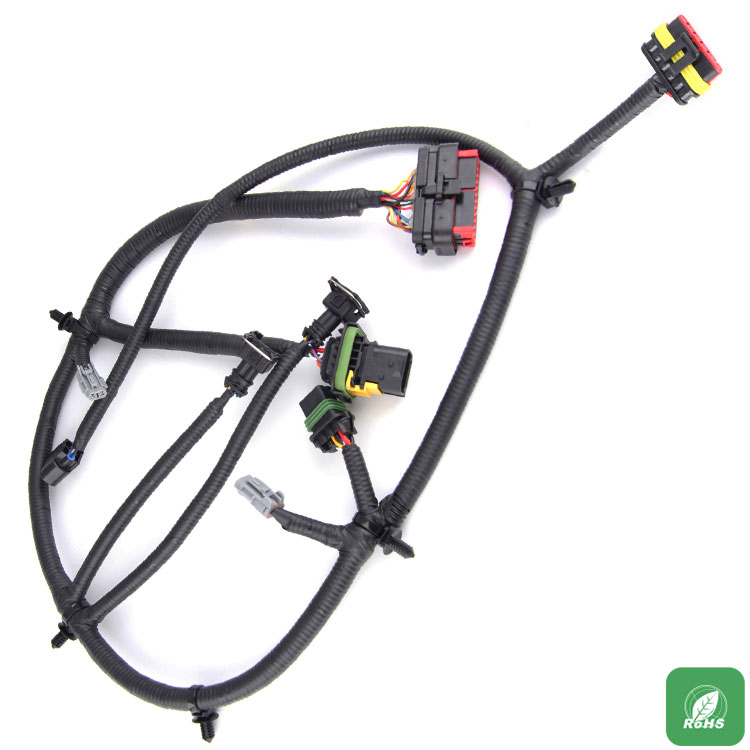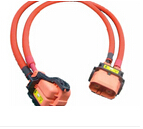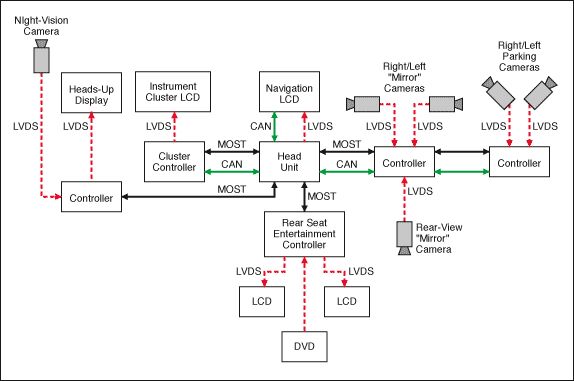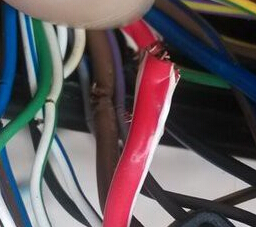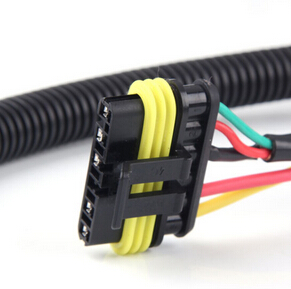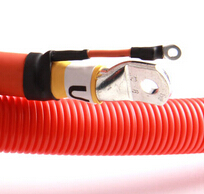First, the schematic design and calculation
1. Draw electrical schematics according to the electrical configuration and technical requirements required by the Electrical Design Taskbook.
2. According to the electrical power to determine the size of the insurance capacity and diameter, while the load distribution of each electrical subsystem to determine the total insurance capacity.
3. Calculate the wire diameter: According to the formula (see figure) where: I --- current, A; P --- electrical device power, W; U --- voltage, V; A --- diameter, mm2 ; Ρ --- copper resistivity (about 0.0185 mm2 / m); L = wire length, m; Ud --- allow the maximum voltage drop loss. But also consider the following: a. Wire is too long may be appropriate to enlarge the diameter; b. Wire connected by a number of connectors connected to the case of electrical appliances, consider the terminal voltage drop is large, may be appropriate diameter enlarge.
4. Different forms of wires have different allowable current and line voltage drop.
Second, draw the three-dimensional wiring diagram
1. According to the location of different electrical devices to determine the form of three-dimensional wiring, the current international common wiring form is generally E-and H-type;
2. Simulation of different areas of the harness diameter;
3. Consider the wiring harness sealing and protection.
4. The fixed hole of the harness is fixed with the fixed form.
5. In theory, a wire harness to connect all the electrical parts is the most reasonable, but the actual loading is simply impossible, so the wiring harness to a reasonable block, in the case of easy assembly, try to use systematic design The
6. Design of the grounding point in the wiring harness design is very important, otherwise it will cause the signal interference, affecting the function of certain electrical appliances to achieve; according to different models designed into multiple ground points, ground design should meet the following: a . The battery should be a separate and close to the ground, to ensure the normal transmission of the signal; b. The ECU should be a separate ground to prevent interference; c. Battery negative ground and the engine, gearbox to be carefully considered.
Third, the design of two-dimensional wiring harness
1. Power distribution box (insurance and relay) is the core of the vehicle, play: distribution load, centralized power supply, save space, simplify the wiring harness, reduce costs and facilitate the maintenance of the role. Generally according to the needs can be designed to 2 to 3. Some new development models of power distribution box has both electronic control function; and no contact, no fuse of the central control box will also be more and more market, with the Czech Republic in the forefront.
2. The choice of wire color is based on ZBT35002 "Color of automotive low-voltage wire".
3. Selection of connectors
A. According to the wire diameter and the size of the current through the use of plugs;
B. Engine compartment selection seal connector;
C. Preferentially use the double spring-type compression structure of the connector, reduce the contact resistance.
4. Harness wrapping
A. The cab is generally wound at intervals;
B. The dashboard is usually tightly wrapped around the tape;
C. The floor or away from the engine farther parts, the general use of flame-retardant bellows bandage;
D. Inside the door, the trunk door inside the general use of adhesive tape or industrial plastic sheeting form;
E. The area closer to the engine is covered with a glass ribbon or wire harness with insulated glass ribbon.

















 RCCN WeChat QrCode
RCCN WeChat QrCode Mobile WebSite
Mobile WebSite